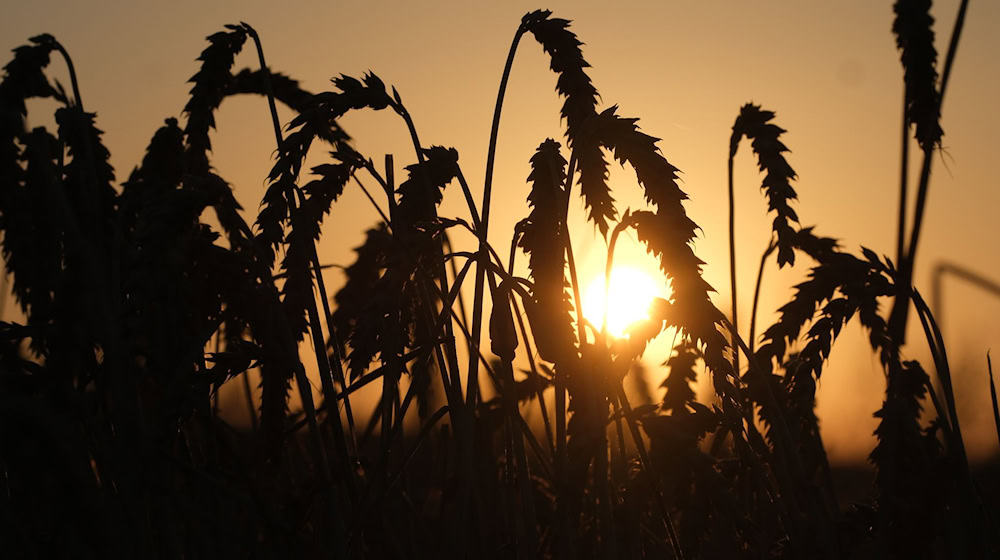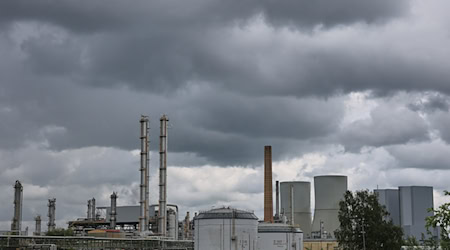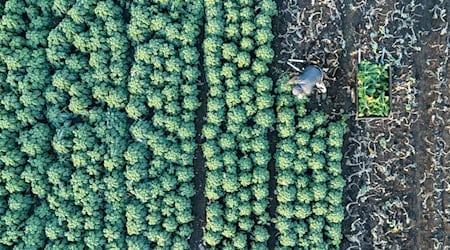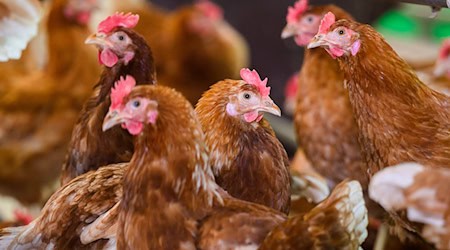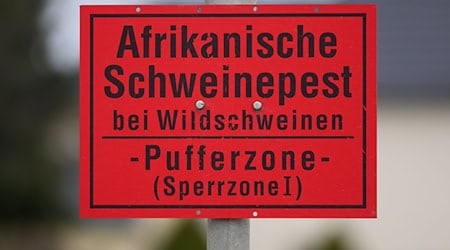The late frosts in March also affected the fields of Saxony's farmers. They caused incalculable damage to the winter crops, which were three weeks ahead of the previous year, as the state farmers' association announced on Friday at the start of the harvest in Prausitz (Meißen district). Wet conditions and late frosts made it difficult to make statements about expectations overall. Thanks to above-average precipitation in winter, farmers had gone into spring with optimism, but now waterlogged soils were making it difficult to sow summer crops.
It remained to be seen how this would affect the yield and quality of summer and winter crops, said association president Torsten Krawczyk at the start of the harvest in Prausitz. Winter barley, for example, may have suffered quite badly, with some farmers having found an increased number of "numb ears" in their grain. The extent of the damage remains to be seen. "But in the end, as is so often the case, the threshing season is a game of chance that cannot be influenced." Contrary to expectations, the harvest could not begin so early despite rapid ripening - the winter barley only ripened slowly in wet and cool June days.
The continuously falling market prices over the past four weeks are of greater concern to farmers, said Krawczyk. "There is no stabilization in sight." In many places, the warehouses are still well stocked with unsold crops from the previous year. Some of this can no longer be used for food processing. The situation continues to worsen, and the necessary immediate sale of their threshed crops is costing the farms dearly. According to the association, Saxony's farmers currently cultivate around 702,846 hectares of arable land. A good half of this is used to grow cereals, primarily wheat, barley and rye, but also grain maize. The next most important crop is winter oilseed rape with 107,200 hectares, followed by silage maize and sugar beet.
Copyright 2024, dpa (www.dpa.de). All rights reserved

